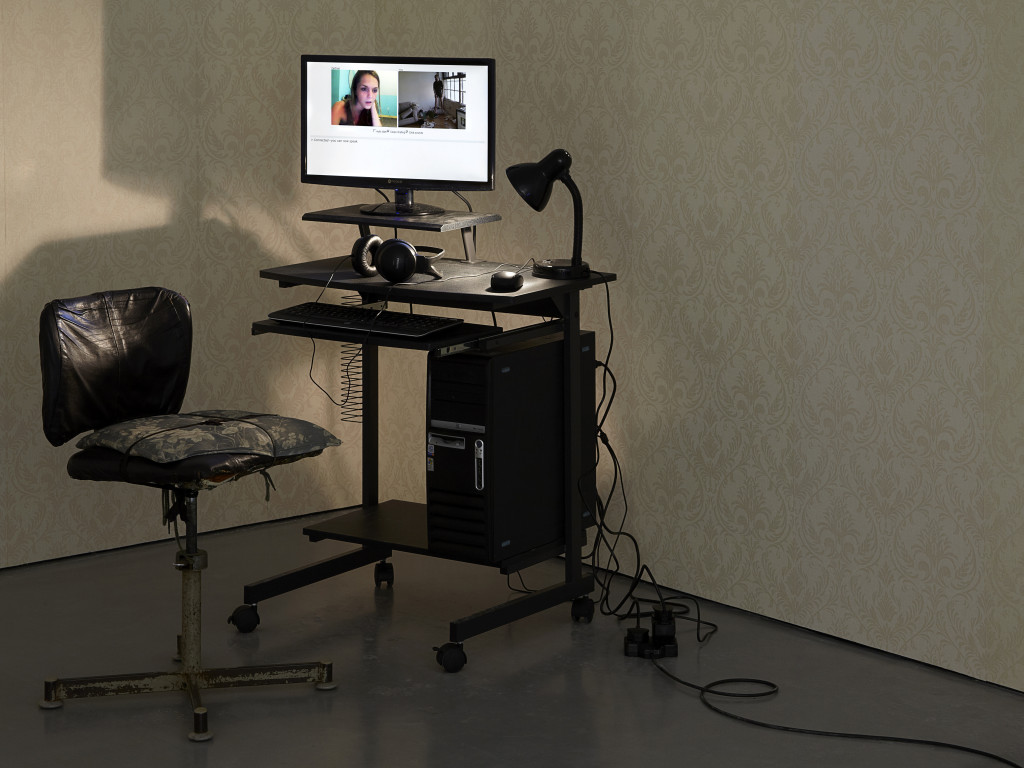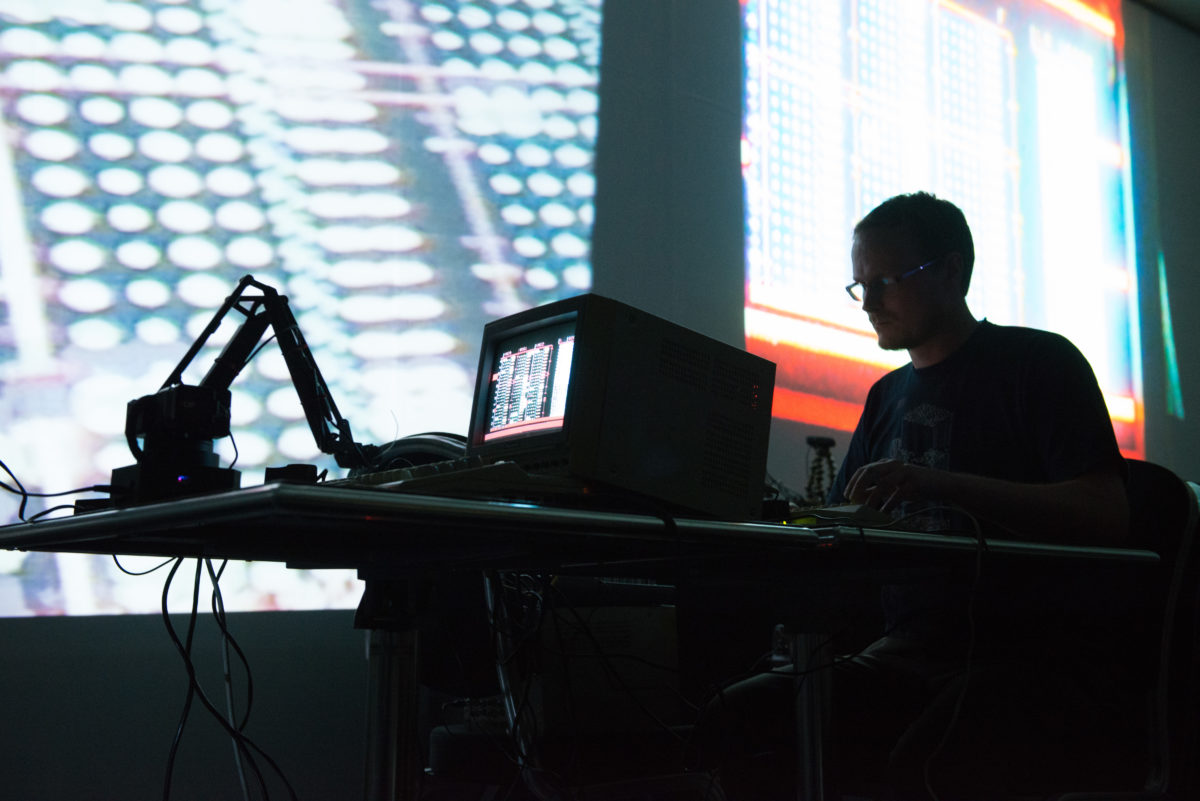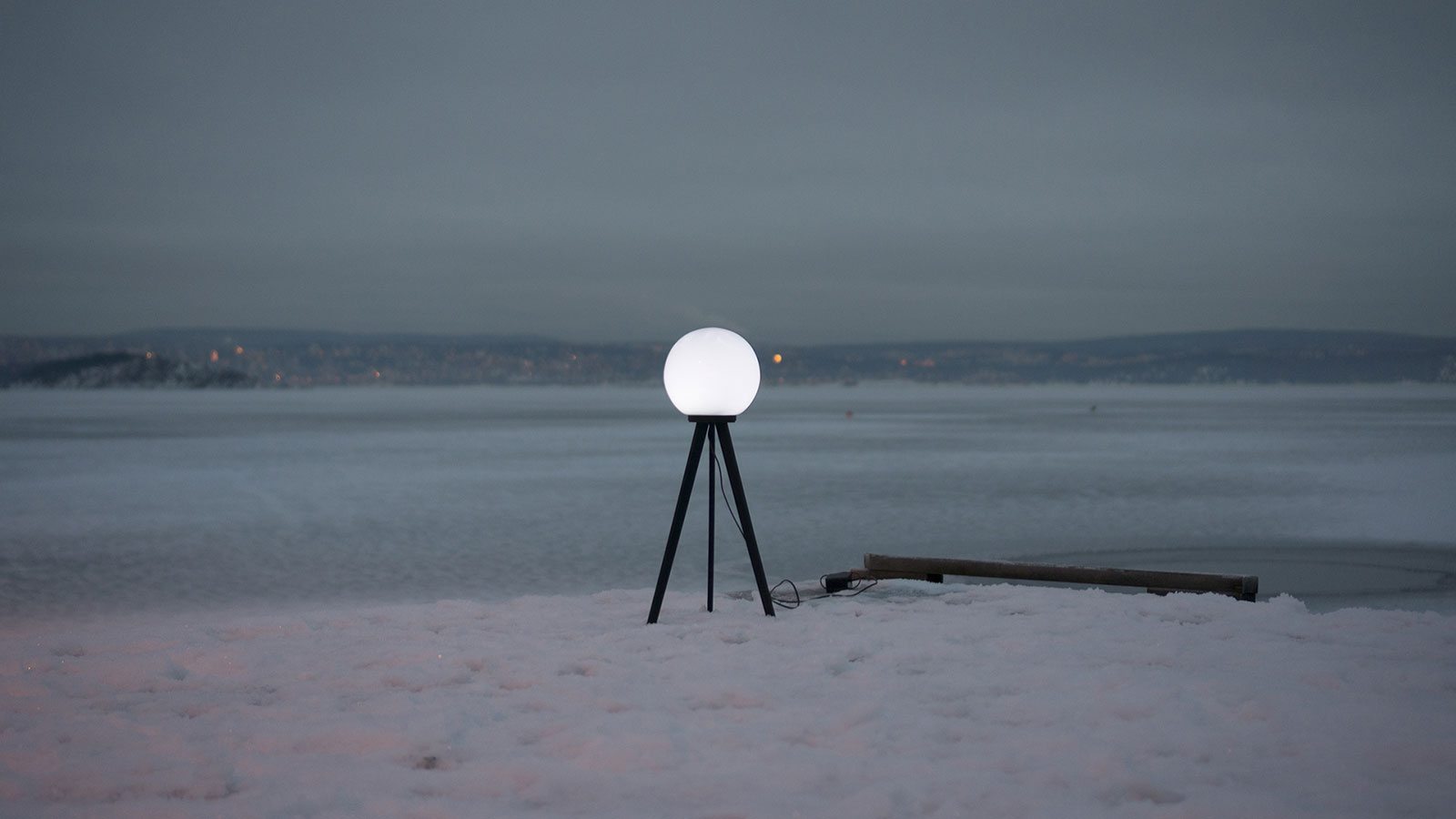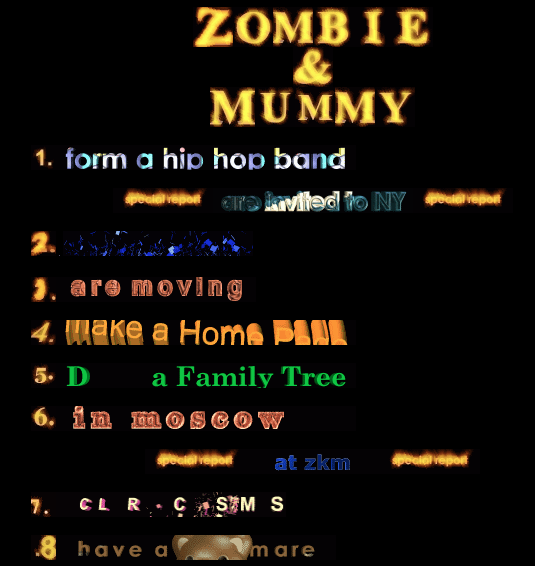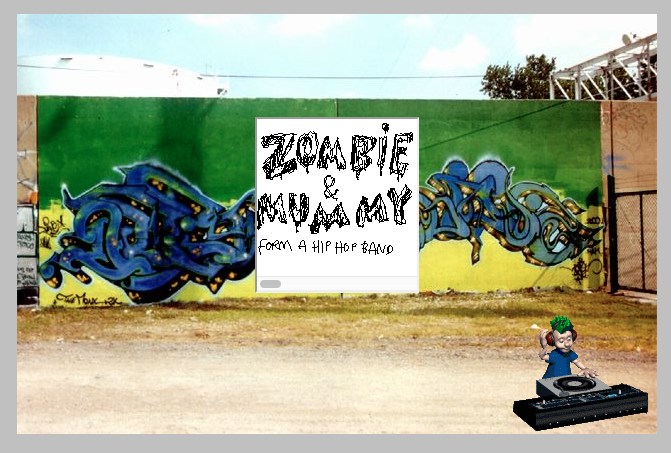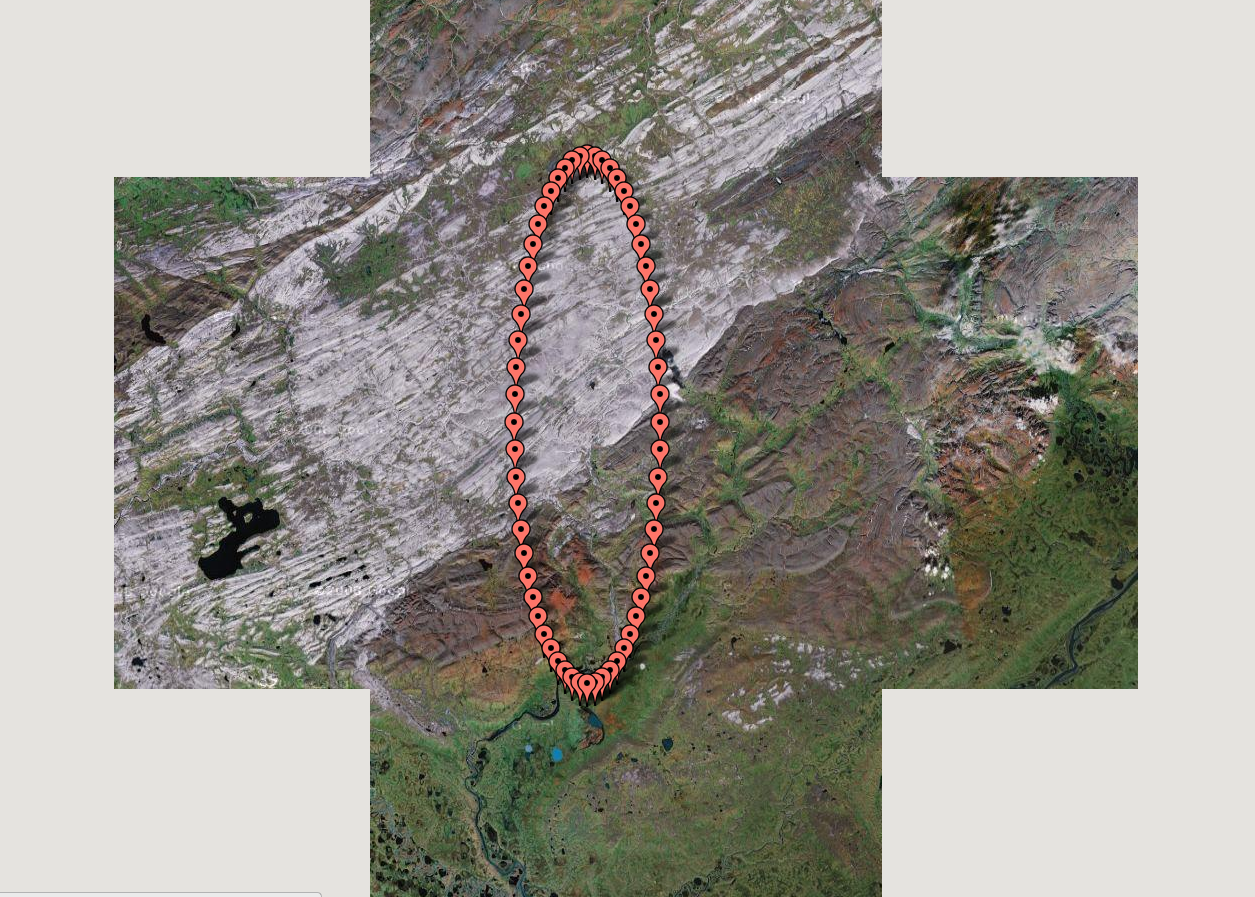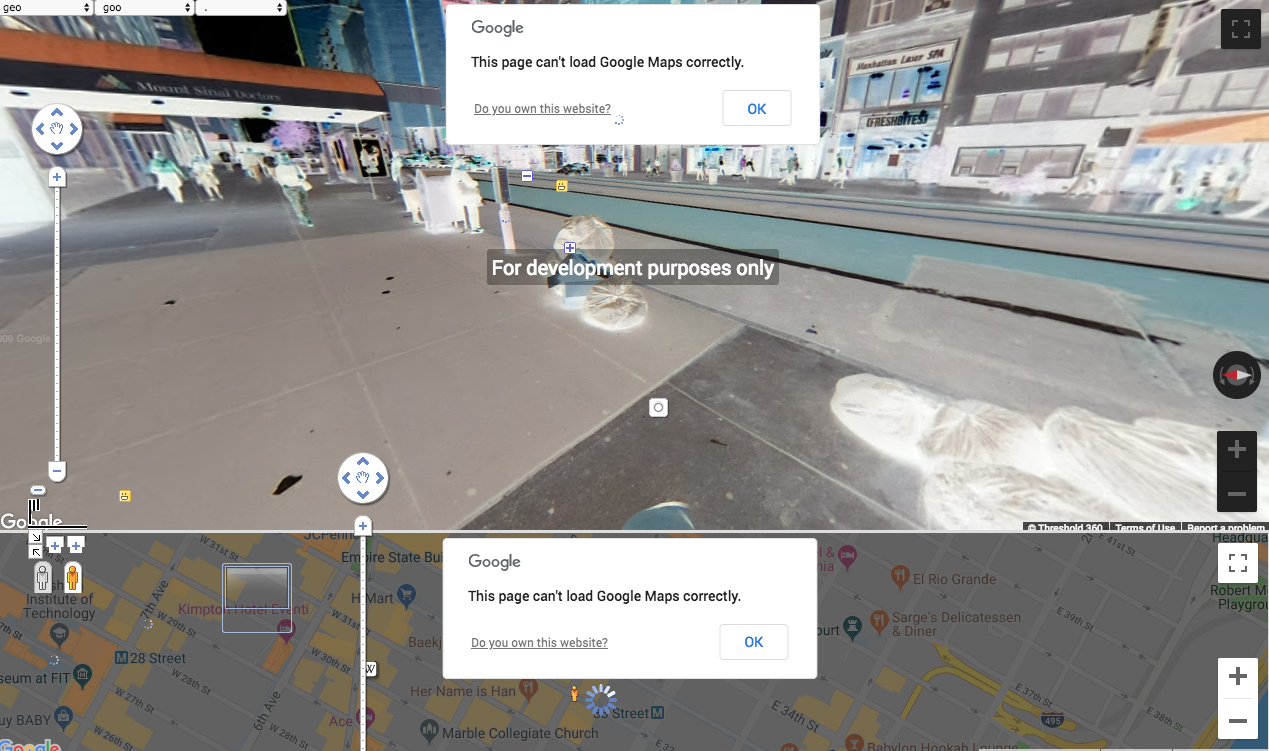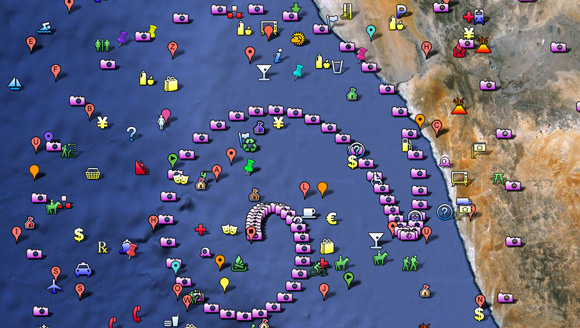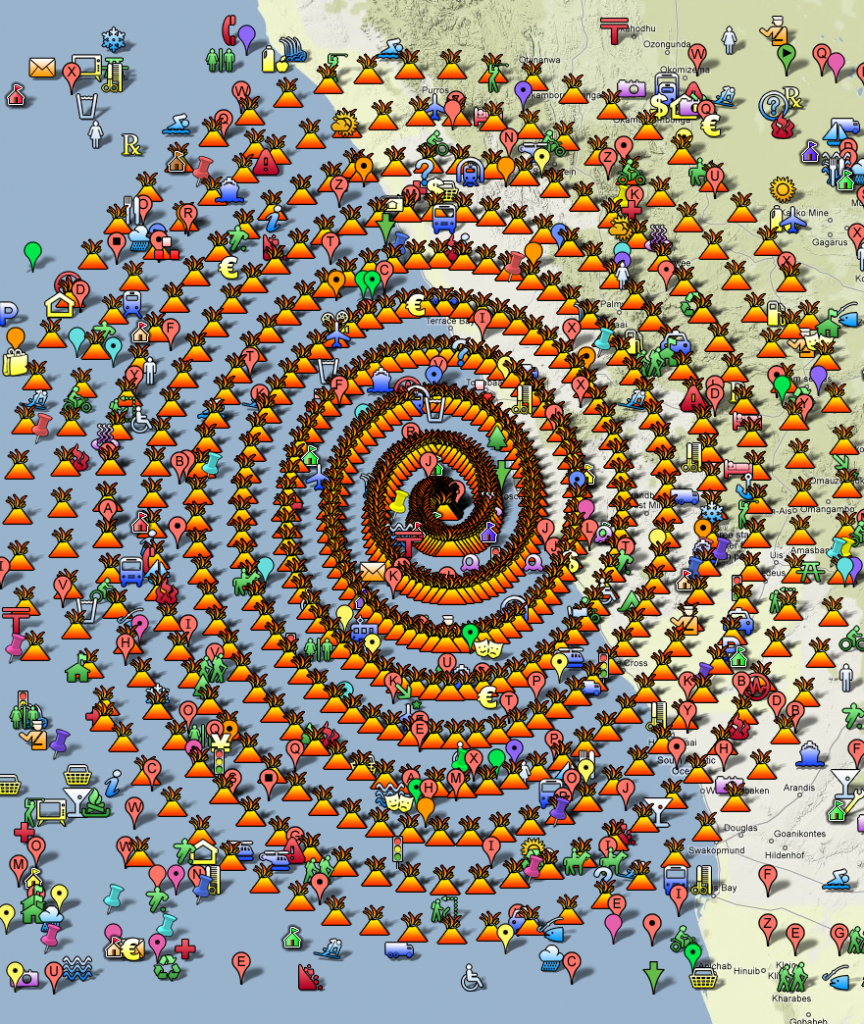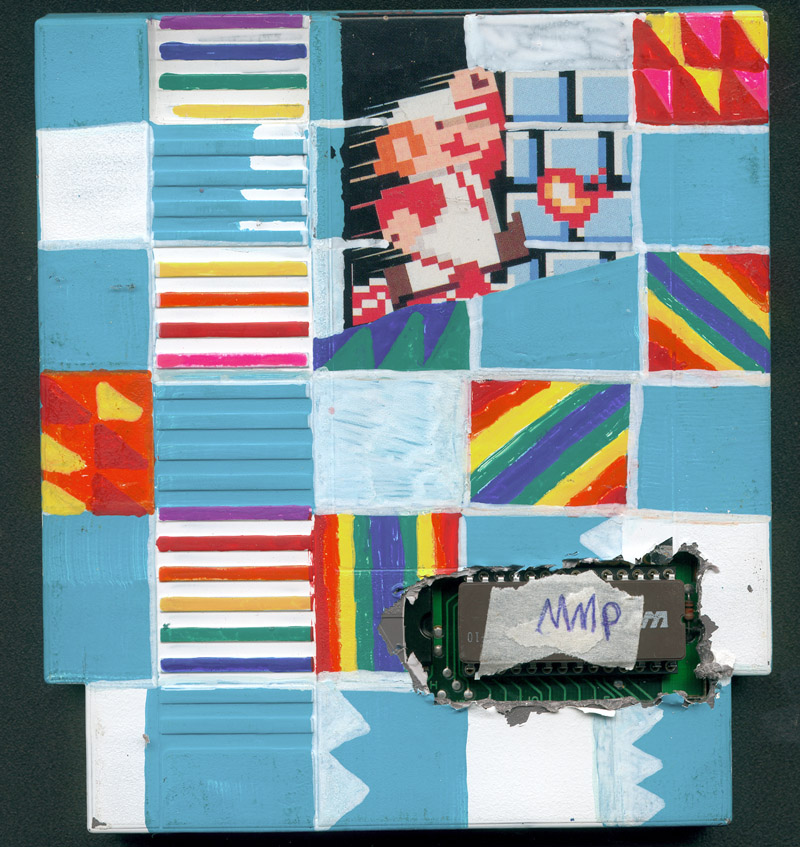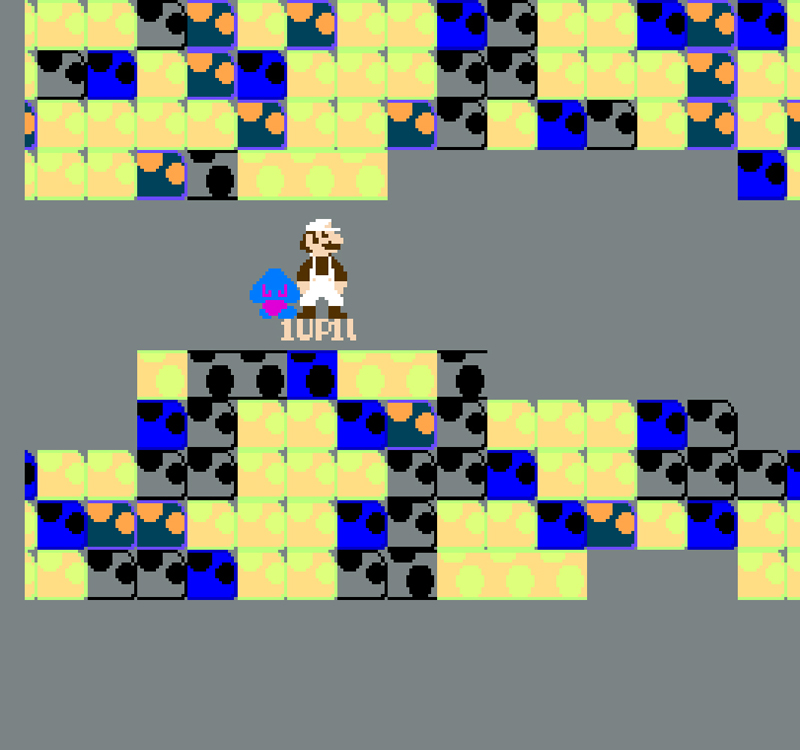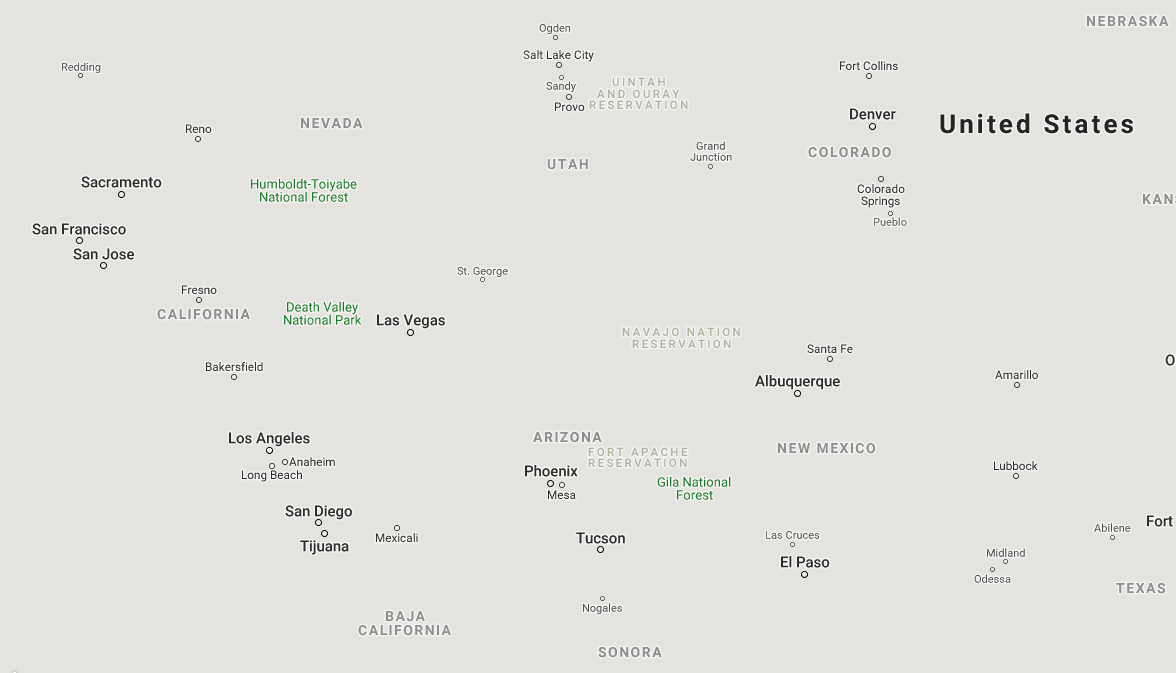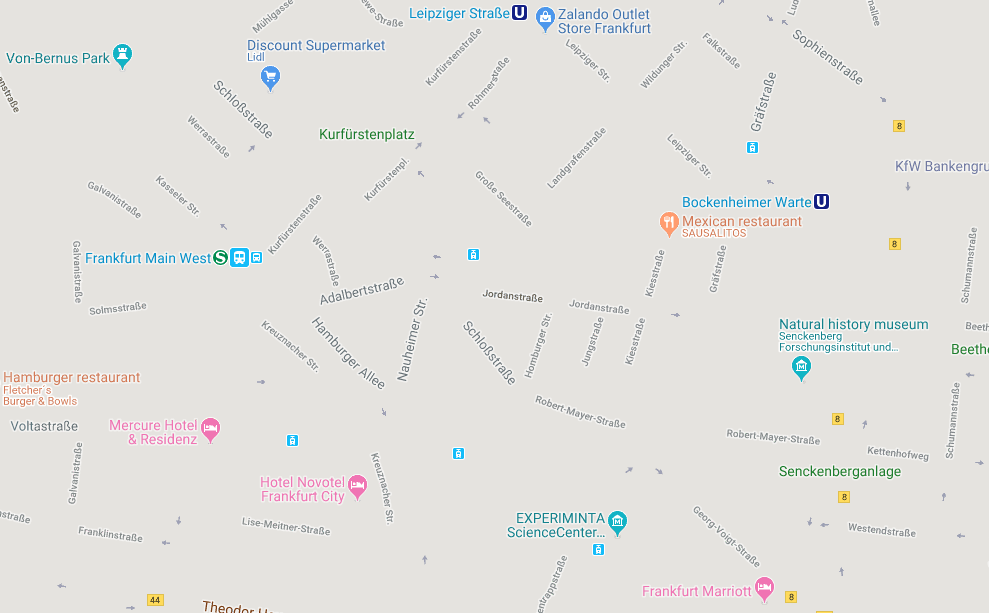Crank the Web is a browser that allows people to physically crank their bandwidth in order to see a website. Simply enter a URL, start cranking, and text and images appear in the browser window. The idea behind Crank the Web is to combine ancient forms of automation with today’s digital telecommunications technology. All bandwidth should be free and everyone should have access to the fastest speed connection. It is up to you to physically crank your bandwidth so that your internet connection will rely on your personal strength, not personal wealth.[1]
No Fun is the video of an online performance in which we simulated a suicide and filmed viewers’ reactions. It is staged on a popular website that pairs random people from around the world for webcam-based conversations. Thousands watched him hanging from the ceiling, swinging slowly for hours, without being able to know whether it was reality or fiction. They unwittingly became the subject of the work. [1]
Brandon Tauszik’s GIF images of black barbers in Oakland, California reveal the resolve of a group of ardent professionals. The project illuminates the position of barbers as conduits of black communities; of Oakland. Behind these portraits are the aspirations of men who are not just making a living, but who see the value of their labors in the development of black community life. Like the GIF images themselves, these men and their shops are not static. Even as they stand behind their barber’s chair with arms propped up clutching the clippers, they are constantly in motion and in tune with the comings and goings of the people in their city.[1]
Robot music is an ongoing robotic research project between Goto80 and Jacob Remin, centered around automation, creation and loss of control. The project was initiated in 2017 and has been shown in various forms at Illutron (Copenhagen), Algomech Festival (Sheffield), Internetdagarna (Stockholm), 34C3 (Leipzig), among others.[1]
Central to robot music, is robotic arms that play music on a Commodore 64 and other sound machines. The robot remixes pre-made songs, or makes its own. While the robot performs, the artists sit next to it to talk to people about robots being “creative” and “stealing our jobs”. [1]
Satellite Lamps is a project that reveals one of the most significant contemporary technology infrastructures, the Global Positioning System (GPS).[1]
“Satellite Lamps shows that GPS is not a seamless blanket of efficient positioning technology; it is a negotiation between radio waves, earth-orbit geometry and the urban environment. GPS is a truly impressive technology, but it also has inherent seams and edges.”[1]
Satellite Lamps is a series of lamps that change brightness according to the accuracy of received GPS signals, and when we photograph them as timelapse films, we start to build a picture of how these signals behave in actual urban spaces.[1]
For Zombie & Mummy, Lialina and Espenschied are creating weekly episodes of a comic strip featuring the two title characters. Each episode is embedded in a colorful environment. Drawn on a Palm pilot, the cartoons themselves have a low-tech look, with no shades of gray and only 160x146 pixels per frame. They can be viewed online or downloaded for a palm device.[1]
Globalmove.us implements a combination of the Google Maps API and subversive javascript written by the artists to create frenetic drawings (earthworks even) built of Google Maps UI elements. The ability for JODI's hand crafted javascript to accomplish this feat is explicitly allowed and defined by code that is written, hosted and provided by Google. Were this work to be preserved by a collecting institution, how would one ensure that changes made by Google to their Maps API does not destroy the functions implemented by the artist's code?
From the artist's website:
Stasis in Flux is an experimentation of animation's potential to mimic the real. I began by building a functional zoetrope within 3D space to test if persistence of vision is replicated accurately. From this experiment I realized 3D animations potential to go beyond the physical limits of the real, allowing me to coordinate movements between both the camera and the zoetrope to replicate much more advanced cinematic techniques. The result is a carefully choreographed animation that represents the ebb and flow of the creative process. [1]
Super Mario Movie is a reprogrammed 8-bit Nintendo game cartridge revolving around the famed Italian plumber Mario who first made his appearance in 1981 as a character in the videogame ‘Donkey Kong’. Since Mario’s rise to fame he has become the main character in approximately 200 different videogames, making him somewhat of a pop-culture icon. In this work Arcangel hacks the game cartridge to produce a 15-minute movie showing how Mario’s life has spiralled out of control as a result of the gradual decay of his outdated technology. In the opening scene we read the following text; “as a video game grows old its content and internal logic deteriorate. For a character caught in this breakdown problems affect every area of life.” Whilst being partly satirical, Arcangel is also describing the natural degradation process that eventually affects all information storage devices and the short life-span that these technologies experience. This is partly due to the rapidly evolving pace of technological advancement and as such can be read as a comment on our insatiable hunger for constantly new and updated technology. [1]
A Fata Morgana is an unusual and very complex form of mirage. It is usually seen in a narrow band right above the horizon. Fata Morgana mirages tremendously distort the object or objects which they are based on, such that the they often appear to be very unusual, and may even be transformed in such a way that it is completely unrecognizable. Fata Morgana can be seen on land or at sea, in polar regions or in deserts.[1]
Solarsteinn / Fata Morgana by Damon Zucconi is an application that removes the map from googlemap, leaving only the names of places. Like in the phenomena of optical illusions / mirage, Zucconi speculates on the actual existence of real locations:[1]
Seasoned explorers, vehemently insisting on what they had seen, set down mountains and islands on their charts where there was nothing but empty sky … Expeditions sent out later to verify these new lands sometimes saw the same fata morgana, further confusing the issue. Only by prolonging their arduous journeys, thereby observing a constant receding of the image, did they prove that the land was not there at all. [2]

